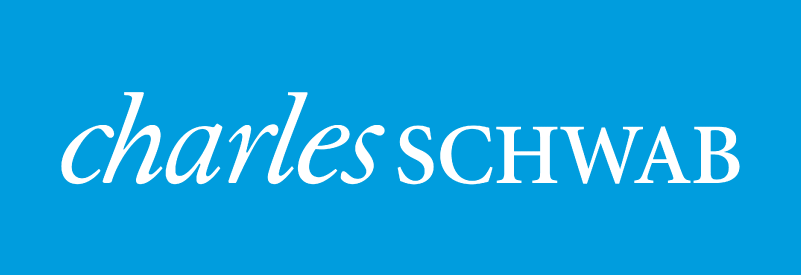November provided the equity markets a bit of relief following the volatility spike in October. China (trade, growth), oil (bear market),and Fed (tightening) remained the dominant macro themes. A double-barreled hope rally on positive indications on U.S.-Sino trade negotiations and less hawkish Fed narratives fed a respectable recovery. Diverging fundamentals between U.S. and International markets became more evident with non-U.S. economic results in a more established decelerating trend while U.S. fundamentals remained relatively robust. Bond yields fell on reduced inflationary concerns due thanks to falling commodity markets, led by a 22%decline in oil prices.
Market Anecdotes
- Midterm elections largely produced the expected result. Equity markets rallied on the diminished likelihood of market-adverse legislation like tax cut and regulatory rollbacks.
- POTUS investigation(s), debt ceiling/border wall showdown, and NAFTA/USMCA trade agreement angst are the likely takeaways with a new Democratic House.
- This was the largest swing in the House toward the D’s in an R Presidency since 1974.
- This was the highest turnout for a midterm election since 1914.
- For all the talk of trade wars and tariffs, they had little impact on corporate earnings or guidance. S&P 500 3Q earnings growth hit 25.9%, the mark since Q3 2010. 78% of companies exceeded EPS estimates, tied for the second highest percentage since FactSet began tracking this data point in 2008 and 61% exceeded sales forecasts.
- It seems as if the U.S. views tariff posturing more from a simple bargaining tactic perspective while the Chinese see it more as a long-term policy decision. This (and growth) may factor into why Chinese markets are down over 30% while U.S. markets are only 10% off their highs.
- The high profile G20 meetings in Buenos Aires at month end produced a welcomed 90-day tariff truce which ushered in a welcomed, albeit brief, macro rally. Developments include the signing of a new NAFTA deal, Chinese concessions on auto tariffs and increasing LNG imports, and U.S. European pledge to work through auto trade negotiations.
- The spread between investor and Fed rate hike expectations is growing increasingly wider, helping produce higher risk asset volatility. Overall hawkish Fed rhetoric has faded but individual speeches have revealed divergent views. Through year end 2019, BCA is forecasting five hikes (contrarian), a Bianco Fed speech model is implying 3.5 hikes, and markets are only pricing 40bps over the same period.
- Bespoke offered a few anecdotal reminders on yield curve inversion. The 3m/10yr slope is the best recession indicator (0.45% today), inversions lead recessions by approximately 18-24 months, and equity markets peak approximately 6 months before a recession. Since 1990, with the curve slope around this level, returns have been in the mid-teens (15%-23%) for the following year.
- A Bianco model using a blend of economic data and U.S. Treasury curve spreads since 1962 forecasts only a 5% probability of recession in the next 12 months.
- Brexit took a step forward in November as U.K. and the EU reached a withdrawal and post exit agreement which now goes to U.K. Parliament for approval. The March 2019 deadline looms.
- As potential evidence of a rotation to value, the quantitative momentum factor has underperformed value by over 3.5% since the relative performance peak back on October 1st.
Economic Release Highlights
- Inflation data has remained relatively subdued with core PCE of 1.8% and core CPI of 2.14%.
- A 59.3 November ISM Manufacturing Index reading accelerated to unusually strong levels driven by strong new orders (62.1) and building backlogs. An easing in input costs was a welcomed anecdote.
- A 60.7 November ISM Non-Manufacturing Index beat the high end of estimates and posted a third consecutive 60+ monthly reading. Elevated cost pressures and stretched delivery times pointed again to capacity stress.
- November jobs report of 155,000, an unchanged 3.7% unemployment rate, and a modest 0.2%/3.1% average hourly earnings result were welcomed and very pedestrian figures.
- The BLS November JOLTs survey showed a drop in job openings but no change in the quit rate which, at 2.7%, is at the highest level since the introduction of the survey in 2000.
- November U of M Consumer Sentiment held steady at a robust 97.5 level, an encouraging metric for the upcoming holiday shopping season. November U.S. consumer confidence ticked down slightly to 135.7, still not far from the all-time high of 144 reading back in 2000.
- The November U.S. Housing Market Index buckled lower to 60 (68 expected) to post its lowest reading since August 2016. Current sales, future sales, and traffic all moved lower.
- Housing market indicators continued to miss expectations in November but are more likely reflective of subdued activity than precursor to contraction. MoM annualized prices have slowed from mid-6% to mid-4% levels while sales and construction activity have stalled.




Leave a Reply